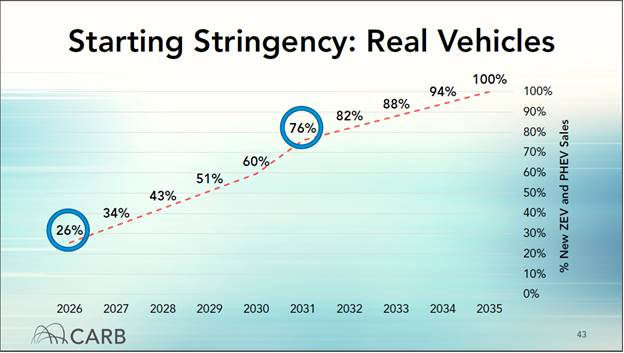 The results of the latest Western Climate Initiative cap-and-trade auction were released today and all current and future allowances sold. This generates substantial revenue for California’s Greenhouse Gas Reduction Fund but could also indicate that greenhouse gas emissions are rebounding as the economy recovers from the impacts of the Covid-19 pandemic.
The results of the latest Western Climate Initiative cap-and-trade auction were released today and all current and future allowances sold. This generates substantial revenue for California’s Greenhouse Gas Reduction Fund but could also indicate that greenhouse gas emissions are rebounding as the economy recovers from the impacts of the Covid-19 pandemic.
Auction quick takes:
- All 71,647,138 current vintage allowances offered were sold; this is the third consecutive sold out auction. There were almost 17 million more allowances offered in May as in February, largely due to the return of previously unsold allowances.
- Current vintage allowances cleared at $18.80, $1.09 above the floor price of $17.71. This is one dollar above the February 2021 settlement price of $17.80.
- All of the 8,306,250 future vintage allowances offered for sale sold, just as 100% sold in the previous two auctions. These allowances may not be used for compliance until 2024.
- Future vintage allowances sold at $19.04, $1.33 above the floor price of $17.71, and $1.03 cents above the $18.01 settlement price from February 2021.
- California raised almost $ 916 million for the Greenhouse Gas Reduction Fund, which will continue to help support essential climate programs through the California Climate Investment
- Quebec raised almost $210 million (just under $253 million CAD) to invest in their own climate priorities.













 California just moved further down the road toward cleaner cars and vital air pollution reductions.
California just moved further down the road toward cleaner cars and vital air pollution reductions.
